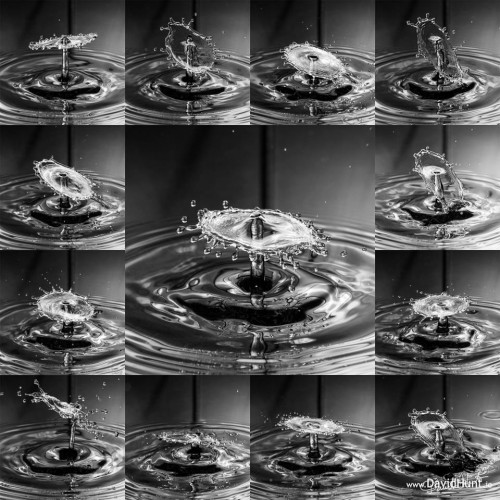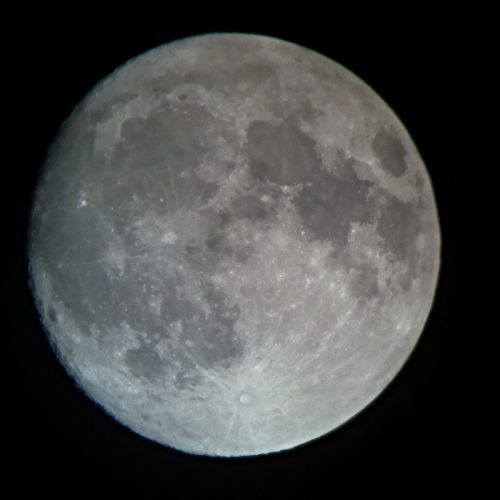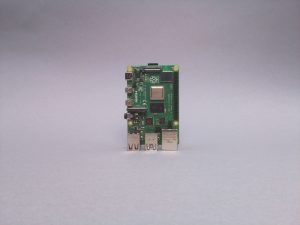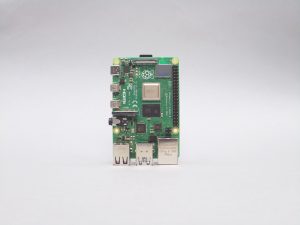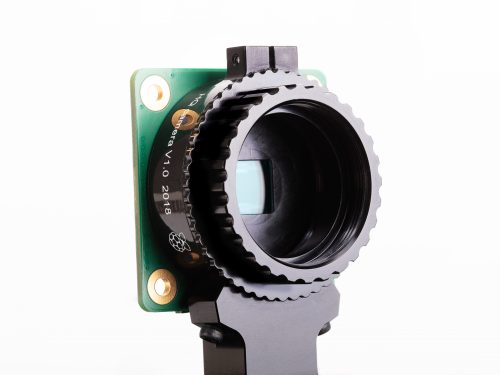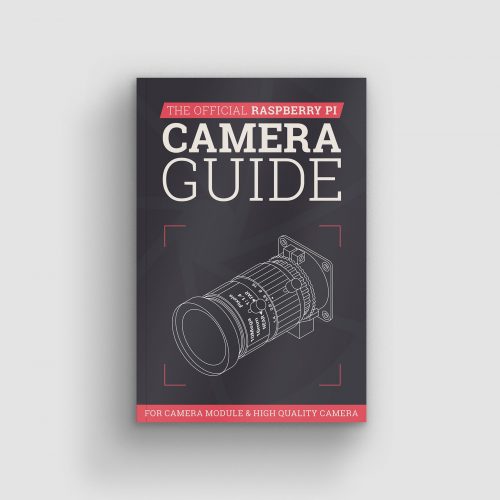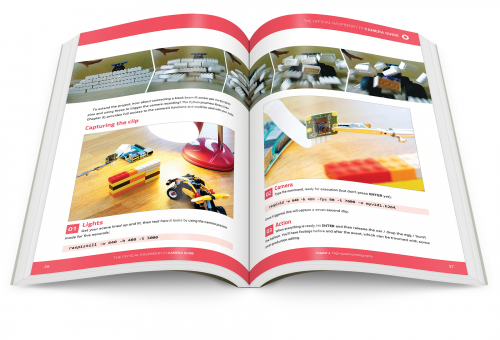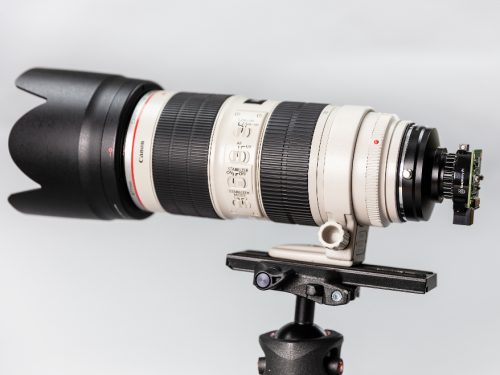We’re pleased to announce a new member of the Raspberry Pi camera family: the 12.3-megapixel High Quality Camera, available today for just $50, alongside a range of interchangeable lenses starting at $25.
NEW Raspberry Pi High Quality Camera
Subscribe to our YouTube channel: http://rpf.io/ytsub Help us reach a wider audience by translating our video content: http://rpf.io/yttranslate Buy a Raspbe…
- Werbung -- Werbung -
It’s really rather good, as you can see from this shot of Cambridge’s finest bit of perpendicular architecture.
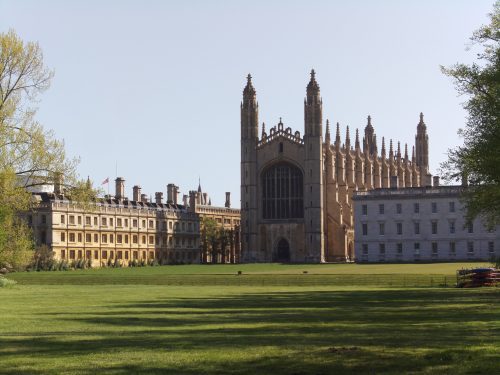
At 69 years, King’s College Chapel took only slightly longer to finish than the High Quality Camera.
And this similarly pleasing bit of chip architecture.

Ready for your closeup.
Raspberry Pi and the camera community
There has always been a big overlap between Raspberry Pi hackers and camera hackers. Even back in 2012, people (okay, substantially Dave Hunt) were finding interesting ways to squeeze more functionality out of DSLR cameras using their Raspberry Pi computers.
The OG Raspberry Pi camera module
In 2013, we launched our first camera board, built around the OmniVision OV5647 5‑megapixel sensor, followed rapidly by the original Pi NoIR board, with infrared sensitivity and a little magic square of blue plastic. Before long, people were attaching them to telescopes and using them to monitor plant health from drones (using the aforementioned little square of plastic).
Sadly, OV5647 went end-of-life in 2015, and the 5-megapixel camera has the distinction of being one of only three products (along with the original Raspberry Pi 1 and the official WiFi dongle) that we’ve ever discontinued. Its replacement, built around the 8-megapixel Sony IMX219 sensor, launched in April 2016; it has found a home in all sorts of cool projects, from line-followers to cucumber sorters, ever since. Going through our sales figures while writing this post, we were amazed to discover we’ve sold over 1.7 million of these to date.
The limitations of fixed-focus
Versatile though they are, there are limitations to mobile phone-type fixed-focus modules. The sensors themselves are relatively small, which translates into a lower signal-to-noise ratio and poorer low-light performance; and of course there is no option to replace the lens assembly with a more expensive one, or one with different optical properties. These are the shortcomings that the High Quality Camera is designed to address.
- Raspberry Pi 4, taken with Camera Module v2
- Raspberry Pi 4, taken with High Quality Camera
Raspberry Pi High Quality Camera
Features include:
- 12.3 megapixel Sony IMX477 sensor
- 1.55μm × 1.55μm pixel size – double the pixel area of IMX219
- Back-illuminated sensor architecture for improved sensitivity
- Support for off-the-shelf C- and CS-mount lenses
- Integrated back-focus adjustment ring and tripod mount
We expect that over time people will use quite a wide variety of lenses, but for starters our Approved Resellers will be offering a couple of options: a 6 mm CS‑mount lens at $25, and a very shiny 16 mm C-mount lens priced at $50.
Read all about it
Also out today is our new Official Raspberry Pi Camera Guide, covering both the familiar Raspberry Pi Camera Module and the new Raspberry Pi High Quality Camera.
Our new guide, published by Raspberry Pi Press, walks you through setting up and using your camera with your Raspberry Pi computer. You’ll also learn how to use filters and effects to enhance your photos and videos, and how to set up creative projects such as stop-motion animation stations, wildlife cameras, smart doorbells, and much more.
You can purchase the book in print today from the Raspberry Pi Press store for £10, or download the PDF for free from The MagPi magazine website.
Credits
As with every product we build, the High Quality Camera has taught us interesting new things, in this case about producing precision-machined aluminium components at scale (and to think we thought injection moulding was hard!). Getting this right has been something of a labour of love for me over the past three years, designing the hardware and getting it to production. Naush Patuck tuned the VideoCore IV ISP for this sensor; David Plowman helped with lens evaluation; Phil King produced the book; Austin Su provided manufacturing support.
We’d like to acknowledge Phil Holden at Sony in San Jose, the manufacturing team at Sony UK Tec in Pencoed for their camera test and assembly expertise, and Shenzhen O-HN Optoelectronic for solving our precision engineering challenges.
FAQS
Which Raspberry Pi models support the High Quality Camera?
The High Quality Camera is compatible with almost all Raspberry Pi models, from the original Raspberry Pi 1 Model B onward. Some very early Raspberry Pi Zero boards from the start of 2016 lack a camera connector, and other Zero users will need the same adapter FPC that is used with Camera Module v2.
What about Camera Module v2?
The regular and infrared versions of Camera Module v2 will still be available. The High Quality Camera does not supersede it. Instead, it provides a different tradeoff between price, performance, and size.
What lenses can I use with the High Quality Camera?
You can use C- and CS-mount lenses out of the box (C-mount lenses use the included C-CS adapter). Third-party adapters are available from a wide variety of lens standards to CS-mount, so it is possible to connect any lens that meets the back‑focus requirements.
We’re looking forward to seeing the oldest and/or weirdest lenses anyone can get working, but here’s one for starters, courtesy of Fiacre.
Website: LINK

